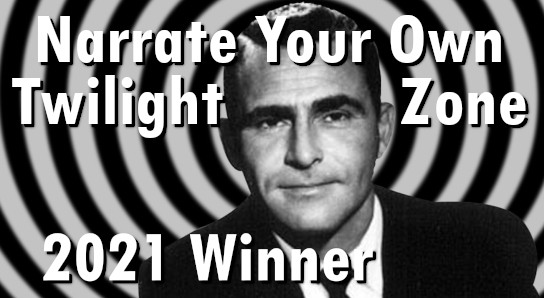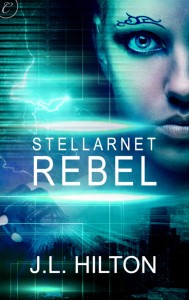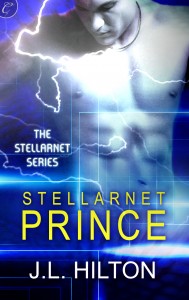This post originally appeared on the Contact – Infinite Futures SF blog on June 17, 2012.
Next weekend I’ll be at ConTemporal, a new sci-fi convention in North Carolina. Guests will include steampunk authors Cherie Priest, Clay and Susan Griffith, and John Claude Bemis, and steampunk artists from Brute Force Studios, Hatton Cross Steampunk and Penny Dreadful Productions.
I’ll be in the bazaar selling my steampunk art books and wares, and on a panel talking about steampunk costuming accessories, Victorian Era jewelry and period style trends.
Which got me to thinking: What makes “steampunk” STEAMPUNK?
Answers vary. “It’s retro-futurism or a steam-powered alternate reality.” “It’s gears and goggles, Nikola Tesla and zeppelins.” “It’s Blade Runner meets Jane Eyre.” “It’s DIY craftsmanship and rayguns — with corsets and pith helmets.”
Robert Appleton mentions Jules Verne, H. G. Wells, and Sir Arthur Conan Doyle when discussing his steampunk novel, The Mysterious Lady Law. Cindy Spencer Pape’s Gaslight Chronicles series includes magic-and-fantasy. Island of Icarus by Christine Danse is a Male/Male romance. Like Clockwork by Bonnie Dee is a mystery involving automatons, and Christine Bell’s The Twisted Tale of Stormy Gale is a time-traveling pirate adventure.
To distinguish classic steampunk (if there is such a thing) from other varieties, there are terms such as weird west, dieselpunk, clockpunk, burlesque, and gaslight/gaslamp. The Steampunk Overlord in the picture above describes himself as circus punk or “cirquepunk”
I often hear, “Steampunk is Victorian science fiction.” But then I run into people wearing bits and pieces of WWI, WWII, Art Deco, and Edwardian gear and calling themselves “steampunk” — when, in fact, all of those things came along after Queen Victoria died in 1901. Or then I read something such as Moses: The Chronicles of Harriet Tubman by Balogun Ojetade, or The Nine Pound Hammer by John Claude Bemis, which are not Victorian. They’re alternate realities set within the United States, and don’t fall under the “Weird West” variety of steampunk either. Abraham Lincoln, vampire hunter, anyone? Are Mark Twain and steamboats also steampunk-alicious?
Some steampunk enthusiasts prefer to embrace the Victorian Era — and/or the American Civil War and Wild West period with which it coincides — while others want to leave the genre a wide open free-for-all where anything goes, so long as it feels steampunky …whatever that might mean, to them. Thus, we end up with everything from this freaking amazing steampunk house or an actual steam-powered phonograph … to “steampunk” dreamcatchers and “steampunk” plastic Jesus clock faces.
Or steampunk can be a verb — as in steampunking a laptop, a Nerf gun, Disney princesses or a Star Wars character.
How do you define steampunk? How much do you base your definition on historical fact or Victorian period literature — and how much on the current trends? What is it that makes something steampunk?
~ J.L. Hilton
Connect, support, comment or contact the author here








